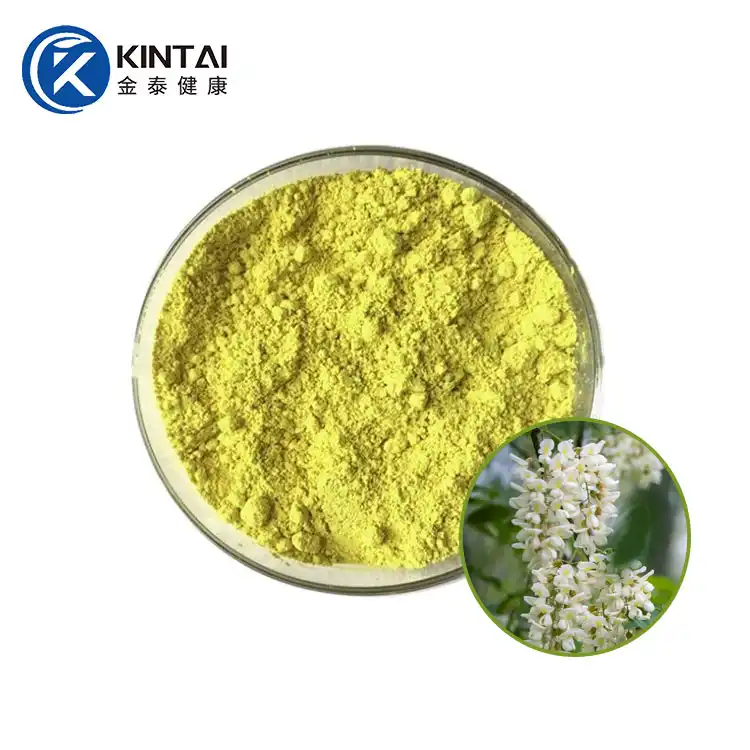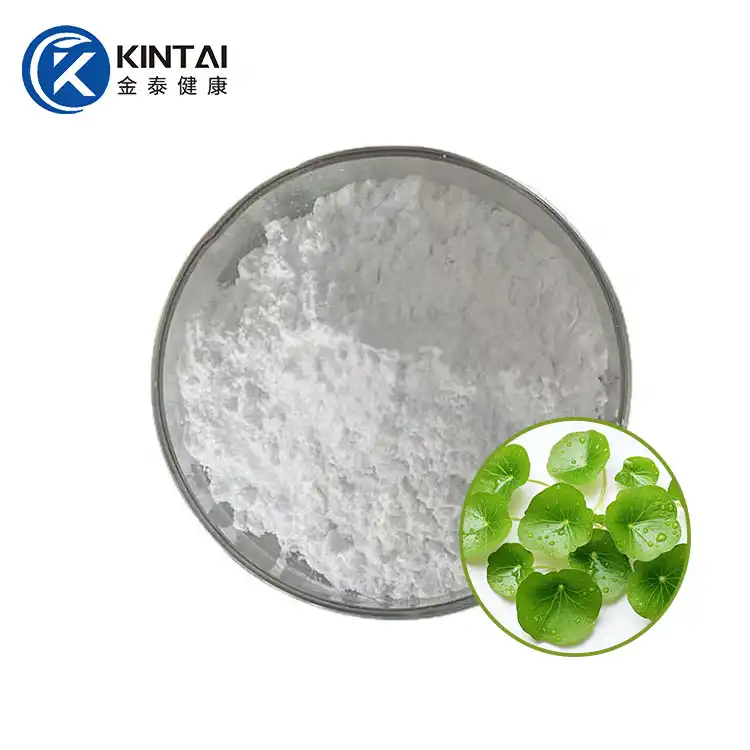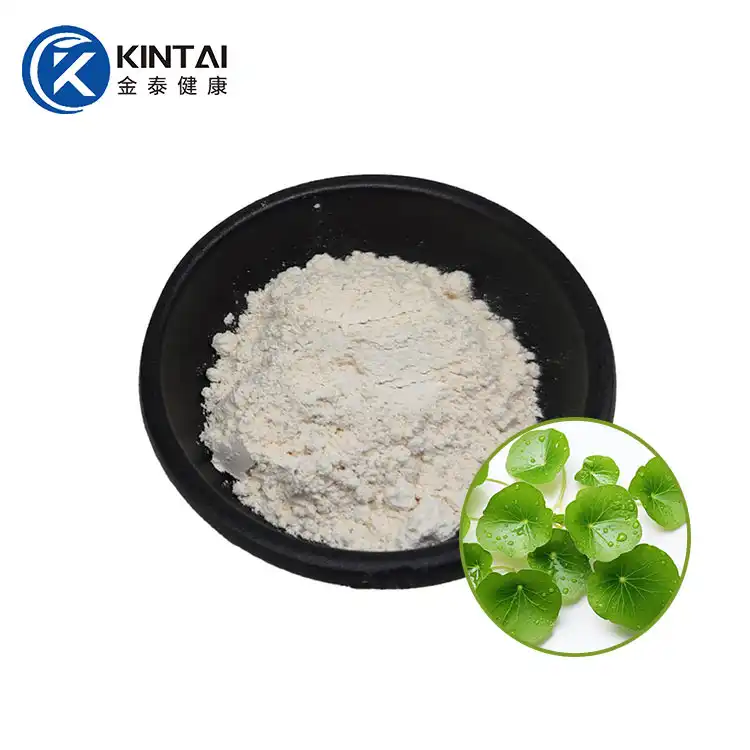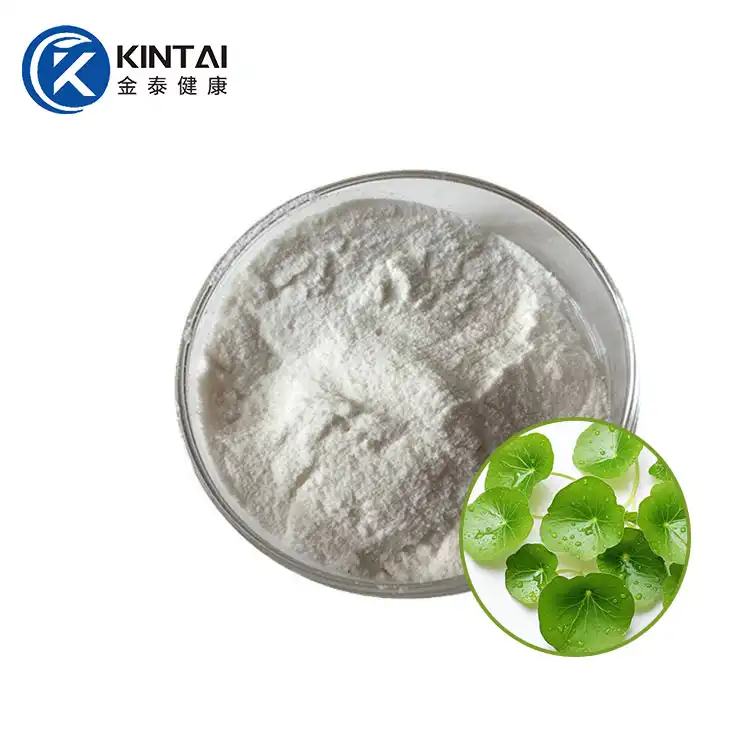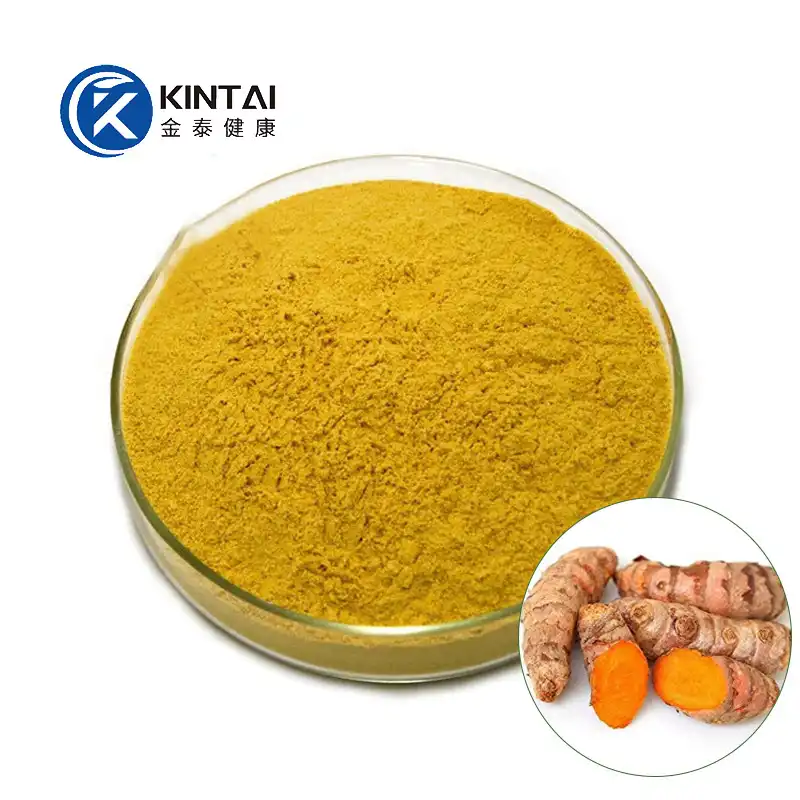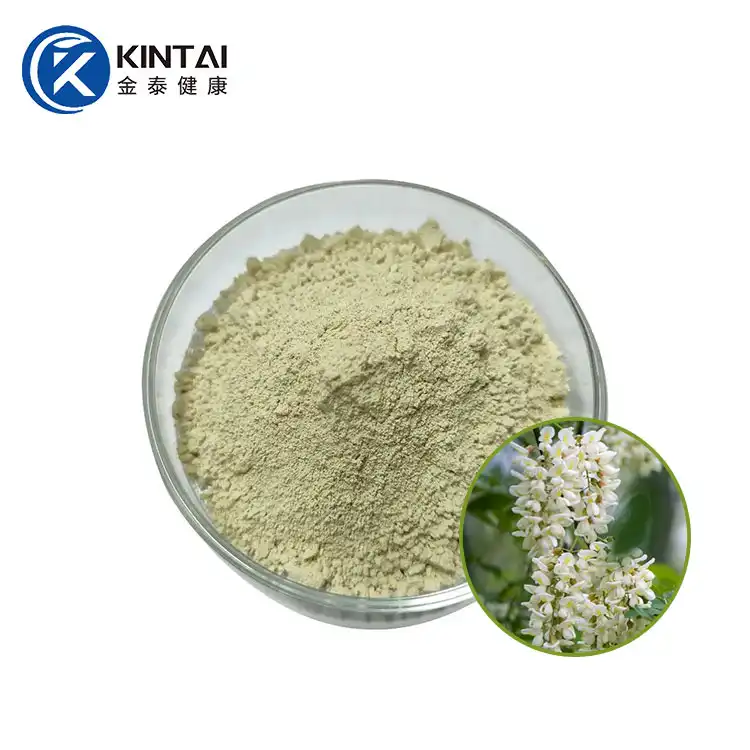Sophora Japonica Extract Luteolin
Specification: 98%Luteolin (Other specifications can be customized)
Extract Source:100% Natural
Origin:China
Appearance: Light green yellow powder
CAS No: 491-70-3
Test Method: HPLC
Lead time: 1-3 days
Shelf Life: 2 years
MOQ:1KG
Sample: Free sample available
Storage: Store in a well-closed container away from moisture and direct sunlight.Keep in cool dry place
Content: Vegan, Gluten-Free, Natural, Non-GMO, Non-additive
Certs: GMP, ISO9001:2015, ISO22000:2018, HACCP, KOSHER, HALAL.
KINTAI's Advantage: 100,000 level clean production workshop, Non-additive, Non-GMO, Non-Irradiated/treat by heat only.
- Fast Delievery
- Quality Assurance
- 24/7 Customer Service
Product Introduction
Luteolin Powder Manufacturer and Supplier
Luteolin powder is a natural flavonoid compound with a light yellow appearance and mostly needle-shaped crystals.
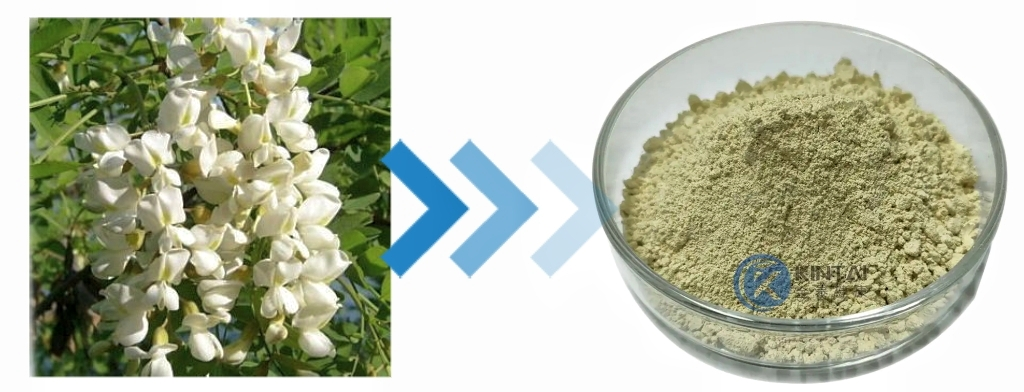
Healthkintai® is a leading supplier of high-purity 98%Luteolin Powder, offering a wide array of specifications for various applications. Our distinction lies in a rigorous commitment to quality, validated by premier certifications (GMP, ISO9001:2015, ISO22000:2018, HACCP, KOSHER, HALAL). This ensures every batch meets the highest standards of safety and reliability. We invite you to verify our quality firsthand with a complimentary sample.Please feel free to contact us at health@kintaibio.com.
Specifications of Sophora Japonica Extract Luteolin
|
Item |
Specification |
Result |
Method |
|
Physical and Chemical Property |
|||
|
Assay(Luteolin) |
≥ 98% |
98.25% |
HPLC |
|
Appearance |
Pale yellow powder |
Conforms |
Visual |
|
Particle Size |
≥ 95% through 80 mesh |
Conforms |
Screening |
|
Residue on lgnition |
≤ 1g/100g |
0.50g/100g |
3g/550℃/4hrs |
|
Loss on Drying |
≤ 3g/100g |
1.91g/100g |
3g/105℃/2hrs |
|
Residue Analysis |
|||
|
Heavy Metals |
≤ 10mg/kg |
Conforms |
|
|
Lead(Pb) |
≤ 1.0mg/kg |
Conforms |
ICP-MS |
|
Arsenic(As) |
≤ 1.0mg/kg |
Conforms |
ICP-MS |
|
Cadmium(Cd) |
≤ 1.0mg/kg |
Conforms |
ICP-MS |
|
Mercury(Hg) |
≤ 0.5mg/kg |
Conforms |
ICP-MS |
|
Residual Solvents |
≤ 500mg/kg |
Conforms |
GC |
|
Microbiological Tests |
|||
|
Total Plate Count |
≤ 1000cfu/g |
200cfu/g |
AOAC 990.12 |
|
Total Yeast & Mold |
≤ 100cfu/g |
10cfu/g |
AOAC 997.02 |
|
E.Coli |
Negative/10g |
Conforms |
AOAC 991.14 |
|
Salmonella |
Negative/10g |
Conforms |
AOAC 998.09 |
|
S.aureus |
Negative/10g |
Conforms |
AOAC 2003.07 |
Luteolin Chemical & Physical Properties
|
Common Name |
pure luteolin |
Flash Point |
239.5±25.0 °C |
|
CAS Number |
491-70-3 |
Molecular Weight |
286.236 |
|
Density |
1.7±0.1 g/cm3 |
Boiling Point |
616.1±55.0 °C at 760 mmHg |
|
Molecular Formula |
C15H10O6 |
Melting Point |
~330 °C(lit.) |
Interested?We'd love to send you a free sample! COMTACT US>>>
KINTAI Luteolin Powder Production Process
1. Raw Material Pretreatment and Extraction
The dried Sophora japonica fruit is washed and crushed, then extracted with an ethanol solution under heating and reflux conditions to fully dissolve the luteolin in the solvent, forming a crude extract. This step completes the conversion from solid raw material to liquid extract.
2.Concentration and Preliminary Purification
The crude extract is filtered to remove solid residues, then concentrated under reduced pressure to recover the ethanol and obtain a concentrated extract. Subsequently, it is purified using a macroporous adsorption resin, utilizing its selective adsorption properties to separate the luteolin from impurities such as sugars and pigments.
3.Crystallization and Refining
The luteolin-rich eluate is further concentrated to a supersaturated state, then cooled and crystallized to obtain crude crystals. To achieve higher purity, the crude crystals are recrystallized to remove any remaining trace impurities.
4.Drying the Finished Product
The refined luteolin crystals are placed in a vacuum drying oven to thoroughly remove any residual water and solvent at low temperatures, resulting in a high-purity luteolin powder product that is then sealed and packaged.

Dosage of Sophora Japonica Extract Luteolin
|
Application / Purpose |
Typical Dosage Range (Pure Compound) |
Formulation Notes & Considerations |
Key References / Context |
|
General Antioxidant / Health Maintenance |
50 mg - 100 mg per day |
Often found in mixed flavonoid or antioxidant complex supplements. |
Based on typical dietary intake and common supplemental amounts for overall wellness. |
|
Anti-inflammatory & Immune Support |
100 mg - 200 mg per day |
Often used in cycles. May be combined with other anti-inflammatory compounds like Quercetin or Rutin. |
Preclinical studies suggest efficacy in this range for modulating inflammatory pathways. |
|
Cognitive Support / Neuroprotection |
100 mg - 300 mg per day |
Often used in specialized nootropic or neurohealth formulas. Bioavailability is a key concern for crossing the blood-brain barrier. |
Dosages in human studies for cognitive health often fall within this range. |
|
Allergy Relief |
100 mg - 200 mg per day |
Frequently taken before or during allergy season. Sometimes combined with other natural antihistamines like Vitamin C. |
Effective for stabilizing mast cells and reducing histamine release. |
Sophora Japonica Extract Luteolin Benefits
1. Anti-inflammatory effect
Oxidative stress and inflammation coexist in an inflammatory environment. Inflammatory cells release a large amount of ROS at the inflammatory site, leading to aggravated oxidative damage. In addition, a large amount of ROS and oxidative stress products enhance the pro-inflammatory response. Sophora Japonica Extract Luteolin reduces the production of ROS and reactive nitrogen, affects arachidonic acid metabolism through multiple inflammatory signaling pathways such as nuclear factor κB (NF-κB), mitogen-activated protein kinase (MAPK) and heterodimeric protein transcription factor (AP-1), and inhibits the expression of inflammatory cytokines and inflammatory mediators.
2. Antioxidant effect
When the human body is stimulated by the environment, stress, etc., it produces excessive reactive oxygen species (ROS), which will damage the biomacromolecules such as DNA, proteins, and lipids, and affect cell activity. Luteolin can provide hydrogen atoms to react with free radicals to generate stable compounds, thus preventing ROS from damaging cells. In addition, it can also promote the entry of nuclear factor E2-related factor 2 (Nrf2) into the cell nucleus and bind to the antioxidant element (ARE), thereby enhancing the activity of antioxidant enzymes such as catalase, superoxidase, glutathione peroxidase, and heme oxygenase 1, thereby reducing the amount of ROS generated.
3. Delaying aging
Skin aging is divided into endogenous aging and exogenous aging. Endogenous aging, also known as natural aging, is the natural process of skin aging and cannot be reversed; exogenous aging, also known as photoaging, is mainly caused by ultraviolet radiation. Ultraviolet rays are divided into three types according to the wavelength region: UVA (320~400 nm), UVB (280~320 nm) and UVC (200~280 nm). UVC has the highest energy but will be absorbed by the ozone layer and will not cause harm to the skin, while UVA and UVB can reach the surface of the earth. UVB irradiation of the skin induces the expression of matrix metalloproteinase 1 (MMP-1), which plays a significant role in degrading type I and type III collagen in the dermis of the skin. Studies have found that luteolin powder can inhibit UVB-induced HaCaT cell MMP-1 expression, immediate early gene (c-Fos) promoter activation and proto-oncogene (c-Jun) phosphorylation, and also inhibit UVB-induced wrinkle formation and matrix metalloproteinase 13 (MMP-13) expression, thereby achieving the effect of delaying aging.

Luteolin Uses
1. Medicine and Health
Sophora Japonica Extract Luteolin is most notable for its wide range of pharmacological activities, giving it enormous potential for preventing and treating a wide range of diseases. Studies have shown its inhibitory effects on various cancer cells, including breast, lung, colon, and prostate cancers. It is often studied as an adjuvant in chemotherapy to enhance its efficacy and mitigate its side effects.
2. Food Industry
Leveraging its antimicrobial and antioxidant properties, it is added to foods (such as oils and meat products) to extend shelf life and replace or reduce the use of synthetic preservatives. As a core ingredient, it is formulated into dietary supplements such as capsules and tablets, promoting health benefits such as "antioxidant," "anti-inflammatory," and "immune-boosting." It can also be added to ordinary foods such as beverages and yogurt to develop enhanced functional foods.
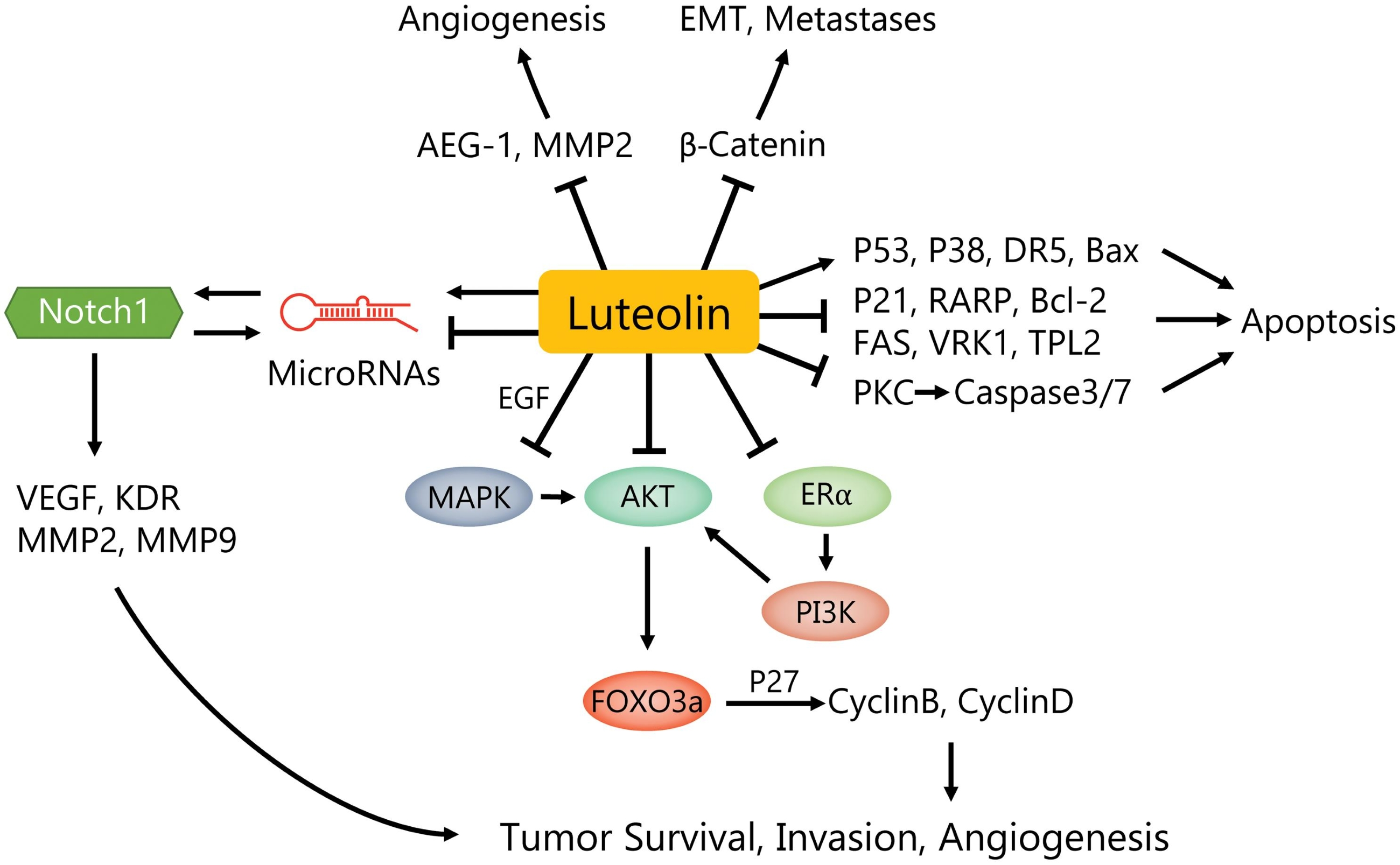
3. Cosmetics and Skincare
Added to skincare products, it helps protect the skin from oxidative damage caused by ultraviolet (UV) rays and environmental pollution, reducing the formation of wrinkles and dark spots, and delaying skin aging. Suitable for use in skincare products for sensitive and acne-prone skin, such as repair creams and serums, to soothe redness, irritation, and inflammation. Some studies have found that it may have a whitening effect by inhibiting tyrosinase activity.
4.Agriculture and Animal Husbandry
Adding it to poultry and livestock feed can boost immunity, disease resistance, and antioxidant levels, reduce antibiotic use, and promote healthy growth. It can also improve the quality and shelf life of meat, eggs, and milk. Its natural antibacterial and insecticide properties can be used to develop low-toxic, highly effective biopesticides for crop disease control.
FAQ
1.Q:Is luteolin safe for kidneys?
A: Studies have shown that luteolin is renoprotective against renal injury induced.
2.Q: Can I request a sample before bulk order?
A: Yes, we can provide samples for testing needs. Please contact us for details.
3.Q: What’s the MOQ?
A: MOQ is 1kg, but larger orders get better pricing.
4.Q: How is the shipping handled?
A: We work with DHL, FedEx, and sea freight for global delivery.
KINTAI Certifications

Send Inquiry
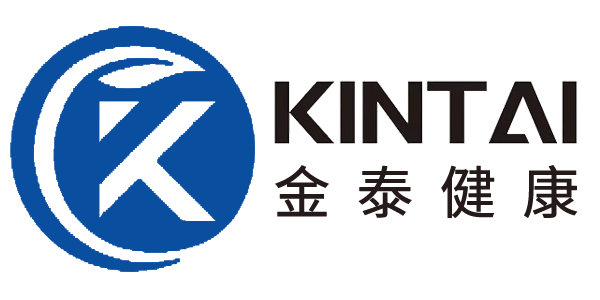
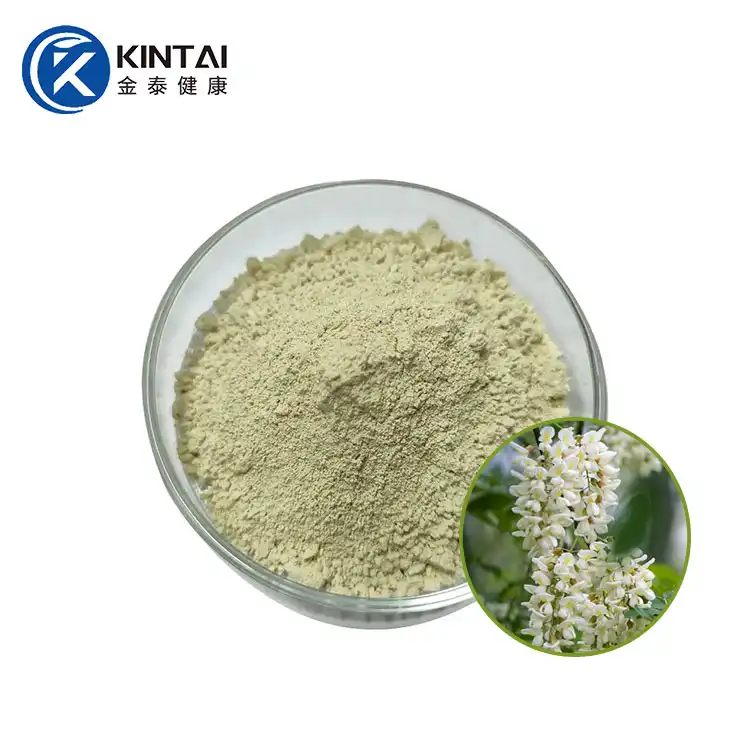
_1757471281804.jpg)

